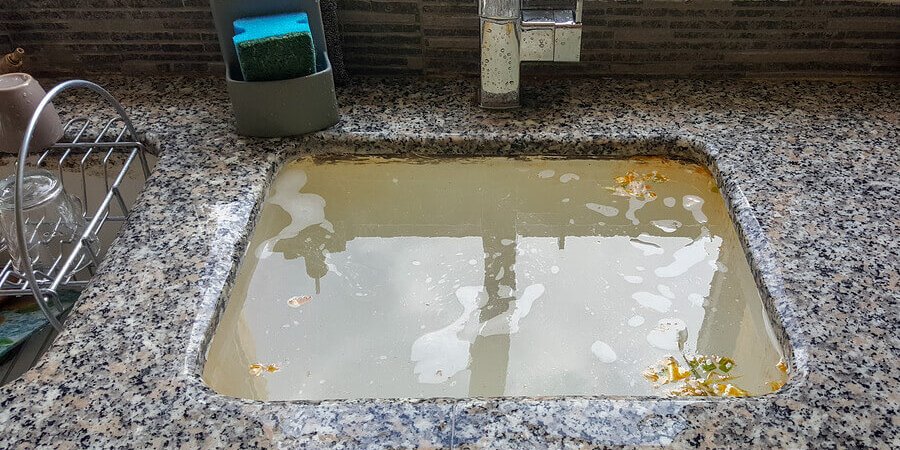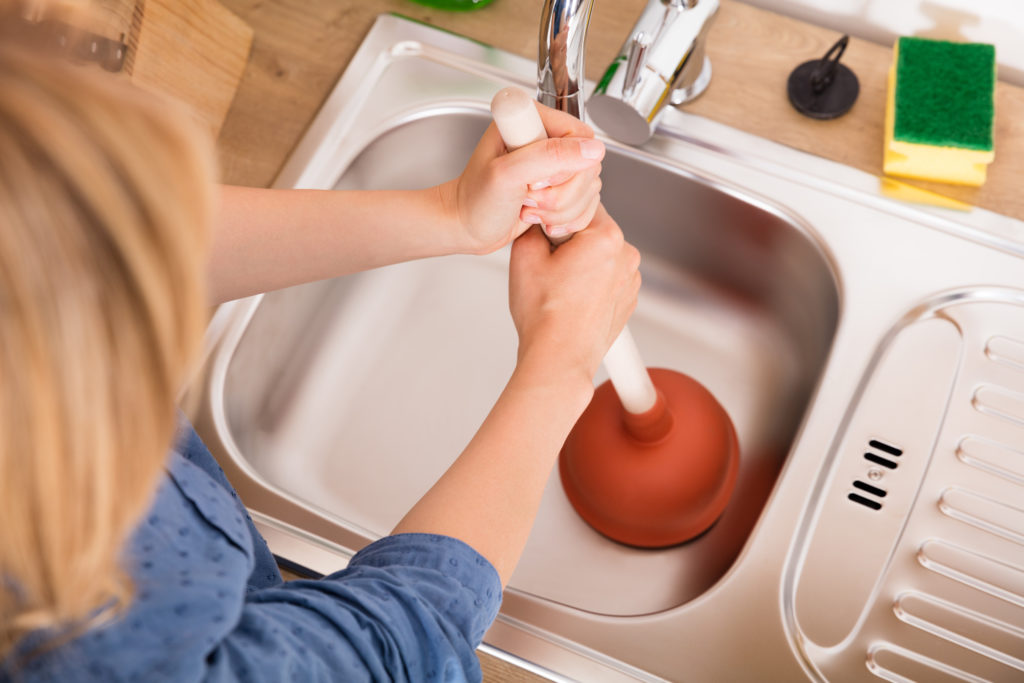How do you actually feel about Tips for Dealing with Clogged Drains and Sewer Lines?

Introduction
Dealing with an obstructed drainpipe can be an irritating experience, interrupting everyday tasks and potentially creating damages to your residential or commercial property. However, before reaching out to pipes specialists, there are steps you can require to deal with the concern yourself. In this guide, we'll check out do it yourself services and preventive measures to take on an obstructed drainpipe successfully.
Recognizing the Problem
The primary step in addressing an obstructed drain is recognizing the indicators. Sluggish drain, gurgling audios, foul odors emanating from drains pipes, or water support up prevail indications of an obstructed drainpipe. Identifying these signs early can help prevent further difficulties.
Typical Root Causes Of Obstructed Drains
Recognizing the factors that contribute to drain pipes obstructions is important for reliable resolution. Common wrongdoers consist of hair, soap residue, grease, food particles, and foreign items like hygienic items or paper towels. Tree origins invading below ground pipes can also create considerable blockages.
Do it yourself Solutions
For small blockages, numerous DIY solutions can be efficient. Pouring boiling thin down the drainpipe can assist dissolve oil and debris. Sodium bicarbonate and vinegar or a blend of salt and cooking soft drink can work as all-natural cleansers. Utilizing a plunger or plumbing snake to dislodge obstructions is one more alternative.
Tools and Equipment
Having the right devices handy can make do it yourself drainpipe cleaning up a lot more reliable. A plunger is a functional tool for clearing blockages in sinks, bathrooms, and showers. A pipes serpent or auger can reach deeper obstructions, while drainpipe cleaning chemicals can be utilized very carefully for stubborn obstructions.
Safety nets
To stay clear of future blockages, taking on safety nets is crucial. Set up drainpipe guards or strainers to capture hair and particles prior to they get in the pipes. Frequently flush drains pipes with warm water to liquify grease buildup, and prevent throwing away oil or strong waste away.
When to Call an Expert
While do it yourself solutions can deal with small obstructions, particular signs suggest the requirement for specialist support. Relentless clogs, foul odors in spite of cleaning up efforts, or multiple drains pipes supporting simultaneously are warnings that require skilled intervention.
Choosing the Right Plumbing Service
When picking a pipes service, take into consideration aspects such as experience, licensing, and client evaluations. Select a respectable plumbing with a performance history of quality handiwork and transparent prices techniques.
Price Considerations
The cost of expert drain cleaning company can differ depending upon the extent of the obstruction and the plumber's rates. Demand quotes from several suppliers and ask about any type of surcharges to ensure openness and prevent surprises.
Safety Precautions
When trying do it yourself drain cleansing, prioritize safety. Use protective gloves and glasses to prevent contact with damaging chemicals or bacteria. Never mix various drainpipe cleaning products, as this can generate dangerous fumes.
Case Studies
Real-life examples show the performance of do it yourself solutions and the value of prompt specialist treatment in dealing with drain clogs.
Verdict
By adhering to the suggestions described in this guide, you can effectively tackle blocked drains pipes and stop future plumbing issues. Whether going with DIY services or seeking expert help, timely activity is crucial to maintaining a healthy plumbing system and maintaining the integrity of your home.
WHAT I LEARNED FROM TRYING TO DEAL WITH A CLOGGED DRAIN
We have had our share of seepages and other annoying things that are part of living, especially in an apartment complex. And if there’s one thing that’s terrifying for a homeowner—or even someone in a rented home—it is a clogged drain, indoors or outdoors.
We enjoy our living space, but it’s simply a fact of life that dead skin, soap and a host of other items go down the drain; eventually, the residue builds up and prevents anything from moving. Ugh.
Not Calling A Professional
Of course, it might seem simple to just whip the pipe off under the sink and see if you can unblock it. Unfortunately, what if the blockage isn’t there, or you don’t reconnect it properly? Worse, you might break a piece and have no drainage system. Can you imagine that scene? Yuck!
Not Watching Your Waste
This will sound d’uh, but the best tip I can give you for drain cleaning is to avoid clogging the drain in the first place! You can do this by monitoring what goes down the drain and catching the items which are most likely to give you a problem. Invariably hair, vegetable peels, and large wads of toilet paper are the most obvious culprits. Add a filter—these are available in hardware stores and can be removed and cleaned easily.
Poking The Drain
The first urge with a clogged drain is to poke at it with a stick or anything that resembles a stick. Sadly, this does not result in magically solving the issue. The mental image is, naturally, one of the stick just pushing through the offending item and all is well again. Reality is quite different and unpleasant and likely to lead to further problems.
The thing is, every drain has a series of bends that are not visible to us. Drains are built this way to prevent gases from entering the house. What happens when you poke a stick into the drain? Of course, it can’t bend around the corner. The more adventurous people will use force and end up wedging the stick or causing it to break off in the pipe—creating an even bigger issue. Worst thing? The stick will shift the block further down the pipe, creating the space for more to collect. Go ahead! Roll your eyes!
Using The Wrong Plunger
You know what they say: the right tool for the right job! Did you know there are different types of plungers besides the basic one we keep at home for an emergency? Yes, there are. For example, the toilet plunger has a bell-shaped bottom while the sink plunger is flat. This is an important difference and using the wrong plunger will be useless. There’s also a knack in using plungers—they must be placed in such a way that they create an airtight seal and then, moved slowly up and down—not as fast as we imagine.
https://vidyasury.com/2018/01/learned-trying-deal-clogged-drain.html

As a passionate reader on Some easy tips to fix blocked drains, I figured sharing that editorial was beneficial. Remember to take the opportunity to share this page if you liked it. Many thanks for taking the time to read it.
Call Today